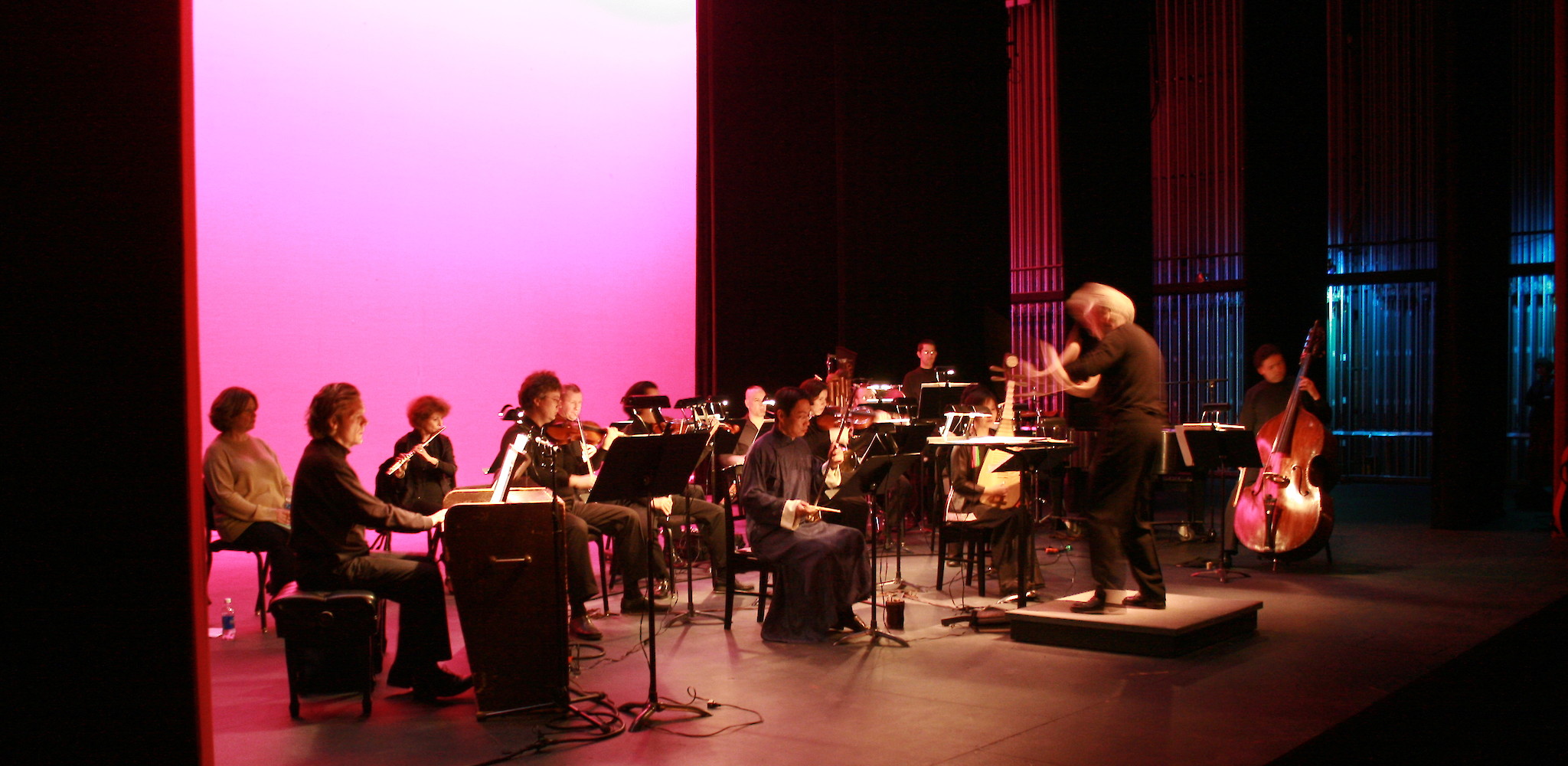Music and Migration: The Reinvention of Arnold Schoenberg
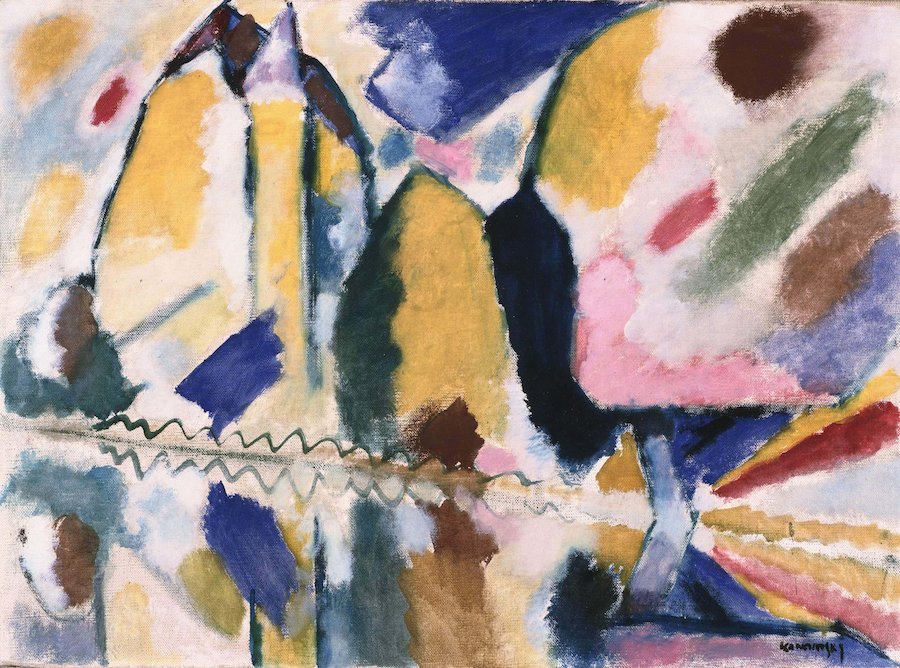
In the years preceding World War I, Arnold Schoenberg, Wasilly Kandinsky, and Ferruccio Busoni craved liberation. The result was non-tonal music and non-representational painting. Later, Schoenberg fled to the U.S., as did Kurt Weill. As patriotic immigrants, both responded musically to Pearl Harbor.
Program
Arnold Schoenberg (1874-1951)
- Six Little Piano Pieces (1913). Commentary / readings: Schoenberg, Kandinsky, Busoni
- Piano Piece, Op. 11, No. 2 (1909).
- Schoenberg/Busoni: Piano Piece, Op. 11, no. 2 (1909).
Ferruccio Busoni (1866-1924)
Sonatina Seconda (1912) for solo piano. Commentary / readings: Schoenberg vs Weill in America; two musical responses to Pearl Harbor, both by Jewish refugees.
Kurt Weill (1900-1950)
Dirge for Two Veterans (1942), baritone and piano.
Arnold Schoenberg
Ode to Napoleon (1942) for reader, piano, string quartet. Conducted by Angel Gil-Ordóñez.
Artists
- PostClassical Ensemble
- Alexander Shtarkman, piano
- William Sharp, baritone
- Angel Gil-Ordóñez, conductor
Practical information
- Phone: 202-387-2151
- Venue: The Phillips Collection, 1600 21st St NW, Washington, DC 20009
Latest performances
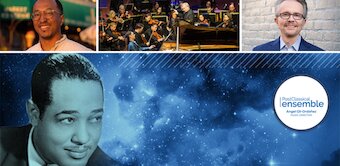 Beyond Category: The Concert Music of Duke Ellington
Beyond Category: The Concert Music of Duke Ellington
04/16/2024—04/16/2024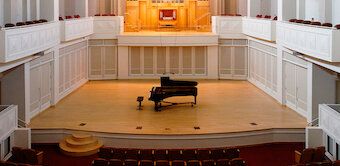 The Jacobs School of Music Chamber Orchestra plays Beethoven, Martinů, and Revueltas
The Jacobs School of Music Chamber Orchestra plays Beethoven, Martinů, and Revueltas
04/10/2024—04/10/2024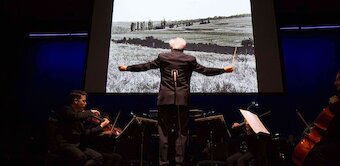 The Anxious Ear: Seven Deadly Sins
The Anxious Ear: Seven Deadly Sins
02/25/2024—02/25/2024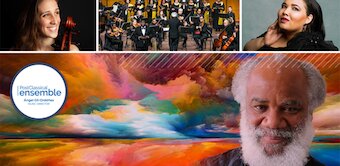 Amazing Grace: In Paradisum
Amazing Grace: In Paradisum
01/10/2024—01/10/2024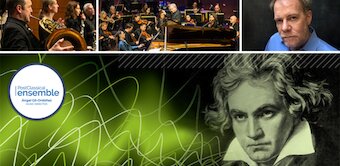 Bouncing Off The Walls: Music and Architecture
Bouncing Off The Walls: Music and Architecture
11/16/2023—11/16/2023

